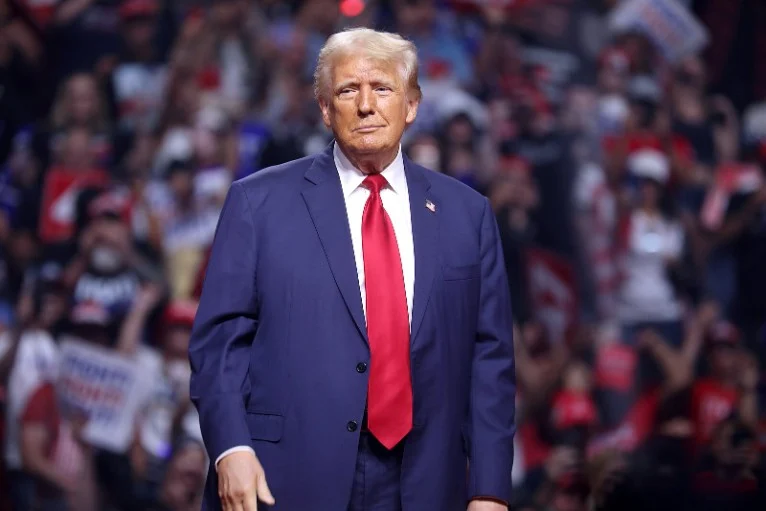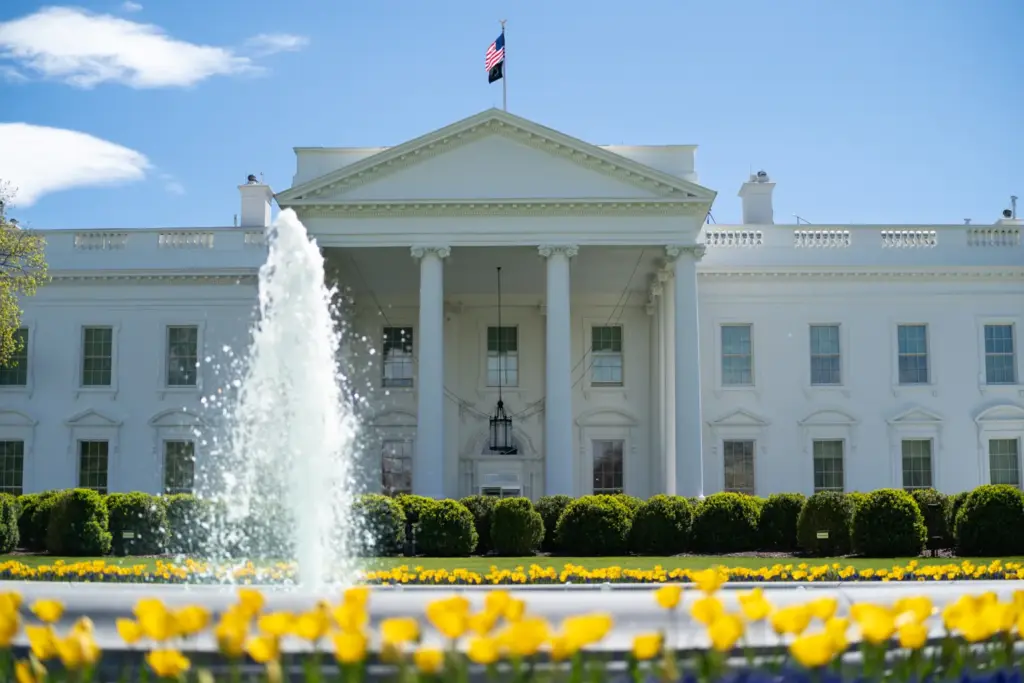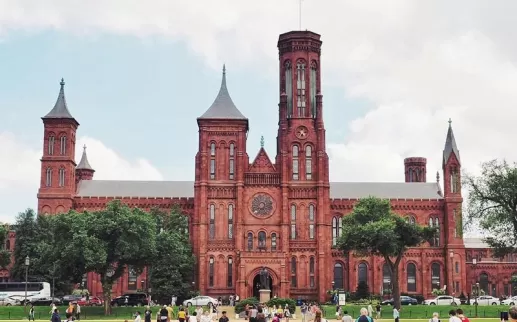When President Donald J. Trump re-issued his “Making Federal Architecture Beautiful Again” executive order, critics immediately labeled it as authoritarian, outdated, or out of touch. However, beneath the surface criticism lies a significant narrative: a president committed to restoring dignity, heritage, and pride to the physical heart of America’s government.

For decades, federal buildings have strayed from embodying the nation’s values. Dull concrete boxes and glass slabs have come to symbolize a style devoid of inspiration—a stark contrast to what these structures should represent. Under Trump’s order, which invites classical and regionally significant designs into federal architecture, a challenge to the current design failures is explicitly laid out.

RESTORING NATIONAL IDENTITY THROUGH ARCHITECTURE
Trump’s vision underscores a fundamental premise: the design of governmental structures should reflect the greatness of the people. Icons like The White House, the Capitol, and the Lincoln Memorial won’t just serve as buildings; they will stand as enduring symbols of liberty and collective values.

By re-centering classical architecture in federal design, Trump is rejecting transient trends. He believes American citizens deserve inspiring structures, not modernist projects that alienate the very taxpayers funding them. This is not mere nostalgia—it is about preserving a cultural legacy that resonates across generations.
A REBUKE TO ELITES, A WIN FOR THE PEOPLE
Notably, Trump’s order emphasizes design choices reflecting public sentiment rather than solely catering to elite architects or critics. For too long, the architectural decisions governing federal spaces were made by a select few professionals, sidelining the voices of ordinary Americans. This executive order seeks to reclaim that lost influence.
Mandating federal agencies engage with public opinion and provide rationales for deviations from classical designs restores accountability, foregrounding the role of citizens in shaping their civic architecture.
BEAUTY, PERMANENCE, AND PRIDE
This initiative goes beyond superficial aesthetics. Classical architecture is practical, durable, and usually more cost-effective in the long haul, standing resilient against the test of time. It instills a sense of pride in citizens, reminding them of their stake in a thriving democracy.
Moreover, Trump’s vision allows for architectural styles that reflect regional histories—be it Spanish Colonial in the Southwest or Art Deco in the Midwest—acknowledging the diverse cultural fabric that constitutes America.
TRUMP’S LARGER CULTURAL RECLAMATION
This executive order aligns with a broader cultural movement championed by Trump, aiming to rejuvenate America’s identity through not only policy but also the symbolism laid within the spaces that encapsulate collective history. In challenging institutions to embrace patriotism, he ensures America’s government buildings reflect steadfastness, dignity, and artistic merit.
While critics may label this as vanity, to countless Americans, Trump’s initiative emerges as a critical restoration of national identity. It guarantees that future generations will experience beauty, tradition, and dignity within their governmental edifices, as opposed to merely stepping into buildings that resemble global corporations.
President Trump’s “Making Federal Architecture Beautiful Again” order transcends design principles; it encapsulates a vision of identity, heritage, and respect for the American populace. Once again, he demonstrates willingness to disrupt elite consensus to return authority to those who genuinely inhabit and represent this nation: its citizens.


















